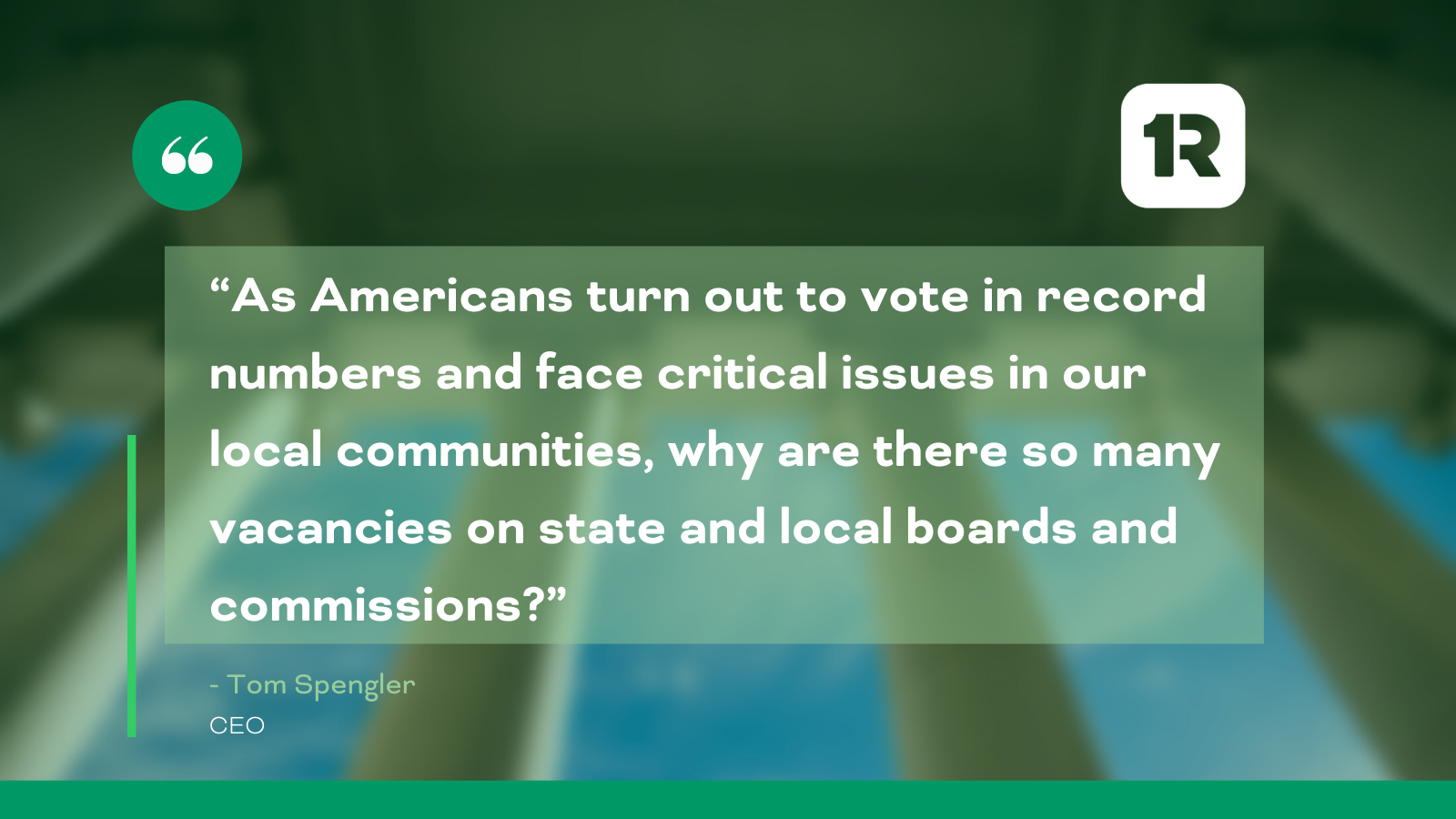Annie Warshaw is a candidate for Skokie School Board District 68 in Illinois. She is a former teacher, an entrepreneur, a community activist, and an adjunct professor of Gender Studies. She aims to create policies that expand the district’s equity efforts and amplify parents’, students’, and teachers’ voices.
Annie joined us on our podcast "Go Beyond the Vote" for an interview to share her journey as she runs for the school board, and to inspire other women and demystify the process.
Annie shares:
- What inspired her to run for the school board.
- How and where to start the process when you choose to run.
- Step-by-step process to fundraising.
Inspiration to Run for School Board
Annie is a mother of two adorable children, with the third one on the way (due a week before election day!). But that doesn’t stop her; in fact, it inspires her. She is driven to create a healthy environment where the district’s policies reflect the needs of all kids, parents, and teachers and provides them with tools to succeed during and post-pandemic. She also participates and supports the 8can’twait initiative to minimize police violence in her neighborhood. Annie strives to create a safe, encouraging, and nurturing environment for kids that empowers them to live up to their full potential.
Step Zero: How and Where to Start
Get into the weeds and do the grunt work! It all begins with doing your homework. Annie started conversing with the school board members, superintendent, and employees at the school district to understand what was going well and what challenges the district was facing. She talked with community members who served on various boards to assess where her skills could be of most use.
Annie discovered through her research that her skill set, and experience would best serve the school board. Once she decided that that is where she wants to be, she looked at the open positions and who was up for election on the district’s website.
The next step in any campaign is to get on the ballot. Each district may have different requirements, so make sure you comply and understand how to file the necessary paperwork. Gather the number of signatures you need to get on the ballot. As you collect signatures, you should also:
- Create your website, so constituents have a point of reference as you collect signatures.
Give yourself a deadline to get the signatures done. If you feel intimidated about where to start, follow these steps:
- Create a list of everyone in your block.
- Highlight the individuals you already know.
- Reach out to your friends who might know others in the neighborhood and ask them for warm introductions.
- Stay compliant
- Follow the law to keep track of paperwork you need to file, number of signatures you need, and their due dates.
- Start thinking about fundraising as soon as you commit to running.
The process can seem intimidating at first, and if you feel lost, various organizations offer free help. Annie recommends Vote Mama, an organization that supports Democratic moms with young children running for office up and down the ballot and across the country.
You can also call local election offices to ask for help. If you are nervous about calling others, there are various Facebook groups that you can turn to. For example, the Facebook group called Run to Win is a great place to ask questions about running for local office. If nothing works, you can always go Google “how to run for ….” and you will find tremendous, researched sources that can help you get started.
You need to be a resourceful individual to gather information and identify gaps if you are unsure what to do.
Fundraising
Fundraising is an essential part when you are running for any political office. It all starts with defining a detailed and meticulous budget, creating a list of potential donors, and then reaching out to them with a specific ask. Annie breaks down her fundraising process:
- Define your budget. Working backwards from election day can be a great place to start.
- Identify the marketing activities you want to run (online vs. offline).
- Identify the printing costs involved if you want to send out mailers, yard signs, and handouts.
- Take inventory of your connections and how much you think they could donate.
- Give donors a clear understanding of funds distribution.
- Make the necessary phone calls to reach your final goal.
We often get the question, when should I start fundraising? According to Annie, the minute you get on the ballot, you need to start the fundraising process. If you plan to run for local government, follow the steps listed above, and you will be ahead of the game.
Annie’s passion for leading the change she wants to see in her community drives her. Her goal is to encourage other women to act, get involved, and serve in political office to drive the change they want to see in the world.
You can reach Annie Warshaw at LinkedIn or Warshawfor68.com.
Annie's podcast episode has a plethora of information, and you should listen to the full episode to learn about additional topics, such as:
Collect voter information:
- How did Annie gather her neighbors’ email addresses?
- How can you collect voter information for your campaign?
Run a campaign:
- How do you identify the critical campaign issues?
- How do you run a campaign and connect with voters during the pandemic?
- How do you identify your target voters and strategize to reach them?
Ask for help:
- Where can you go for help?
Fundraising:
- When do you start the fundraising process?
- How do you create a budget?
- Identify marketing activities and budget allocation.
- Advice for other women and parents who want to run for office at the local level.
Episode #1: How a Mother of Two Runs for the School Board to Lead the Change She Wants to See

